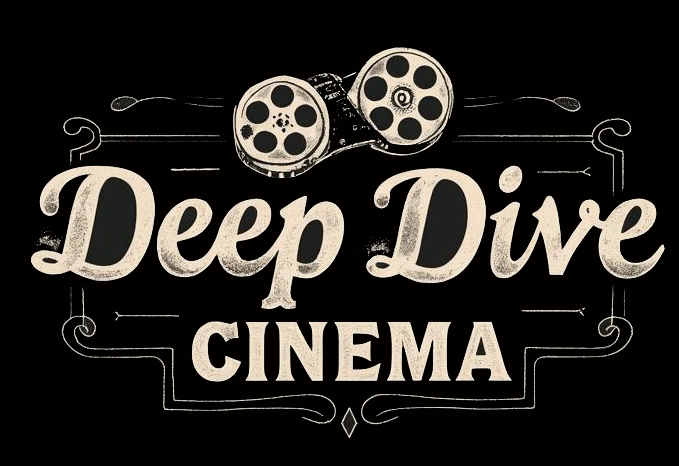🕰️ Historical Context
The stock market crashed, prohibition roared, and moral panic festered—cinema responded with a wink and a gun. Between the advent of sound and the enforcement of the Hays Code, Hollywood reveled in sin, sass, and scandal. Women smoked, seduced, and schemed on screen—and no one dared stop them. Not yet.
The Pre-Code era in Hollywood, spanning from the late 1920s to 1934, was a brief but explosive chapter in American cinema. Free from the full enforcement of censorship, filmmakers were emboldened to explore mature themes, taboo subjects, and controversial content. It was an age of innuendo, grit, glamour—and rebellion.
This period coincided with:
- The advent of synchronized sound, which revolutionized storytelling
- The Great Depression, infusing films with themes of economic despair and survival
- Shifting social values, challenging traditional moral boundaries
But the curtain fell in 1934, when pressure from religious watchdogs and the looming threat of government censorship led to the enforcement of the Hays Code—an industry-wide clampdown on creative freedom.
📌 Key Points
- Timeframe: Late 1920s to 1934, before the strict enforcement of the Hays Code
- Sound Revolution: Enabled more complex, provocative, and verbal storytelling
- Depression-Era Influence: Reflected poverty, class conflict, and moral ambiguity
- Content Freedoms: Films addressed sexuality, crime, violence, and gender politics
- Censorship: The Hays Code was enforced in 1934 under mounting pressure from moral reformers
🔁 Common Themes
- The Great Depression’s impact on film narrative
- The emergence of sound as a cinematic tool
- Moral ambiguity and cultural defiance
- The institutionalization of censorship
(Consensus among: Google Gemini, Mistral AI, Perplexity.ai, ChatGPT-4o, LLaMA 3, Grok, Deepseek, Claude 3 Sonnet)
🕵️♀️ Notable Differences
- Google Gemini and Claude 3 Sonnet emphasized the technological advancements and their narrative impact
- Deepseek and Grok focused more on sociopolitical shifts that fueled cinematic rebellion
💡 Unique Model Perspectives
- Google Gemini: Focused on how sound revolutionized storytelling
- Deepseek: Examined social upheaval and its influence on film content
📽️ Technology & Filmmaking
- Sound recording revolutionized dialogue-driven storytelling
- Microphones were hidden in flowerpots and behind walls
- Lighting grew softer, emphasizing faces and sensuality
- Editing became more rhythmic, matching speech and syncopation
🎭 Acting & Star System
This was the rise of the “talkie star.” Voices mattered—sultry, sarcastic, sharp. Fast-talking dames like Barbara Stanwyck and Mae West turned quips into weapons. Studios still reigned supreme, grooming personalities and burying scandals behind velvet curtains.
🎞️ Notable Films & Movements
- Baby Face (1933) – Stanwyck weaponizes seduction in a capitalist nightmare
- Red-Headed Woman (1932) – Jean Harlow claws her way up society’s ladder
- She Done Him Wrong (1933) – Mae West doubles entendre her way into immortality
- Frankenstein (1931) – Monstrosity and taboo redefined through terror
📰 Rumors, Reels & Headlines
Studios clashed with censors as nudity, affairs, and atheism played out openly. Films like Freaks and The Story of Temple Drake pushed boundaries, sparking calls for “decency”—and soon, repression. By mid-1934, the Production Code came crashing down like a velvet hammer.

